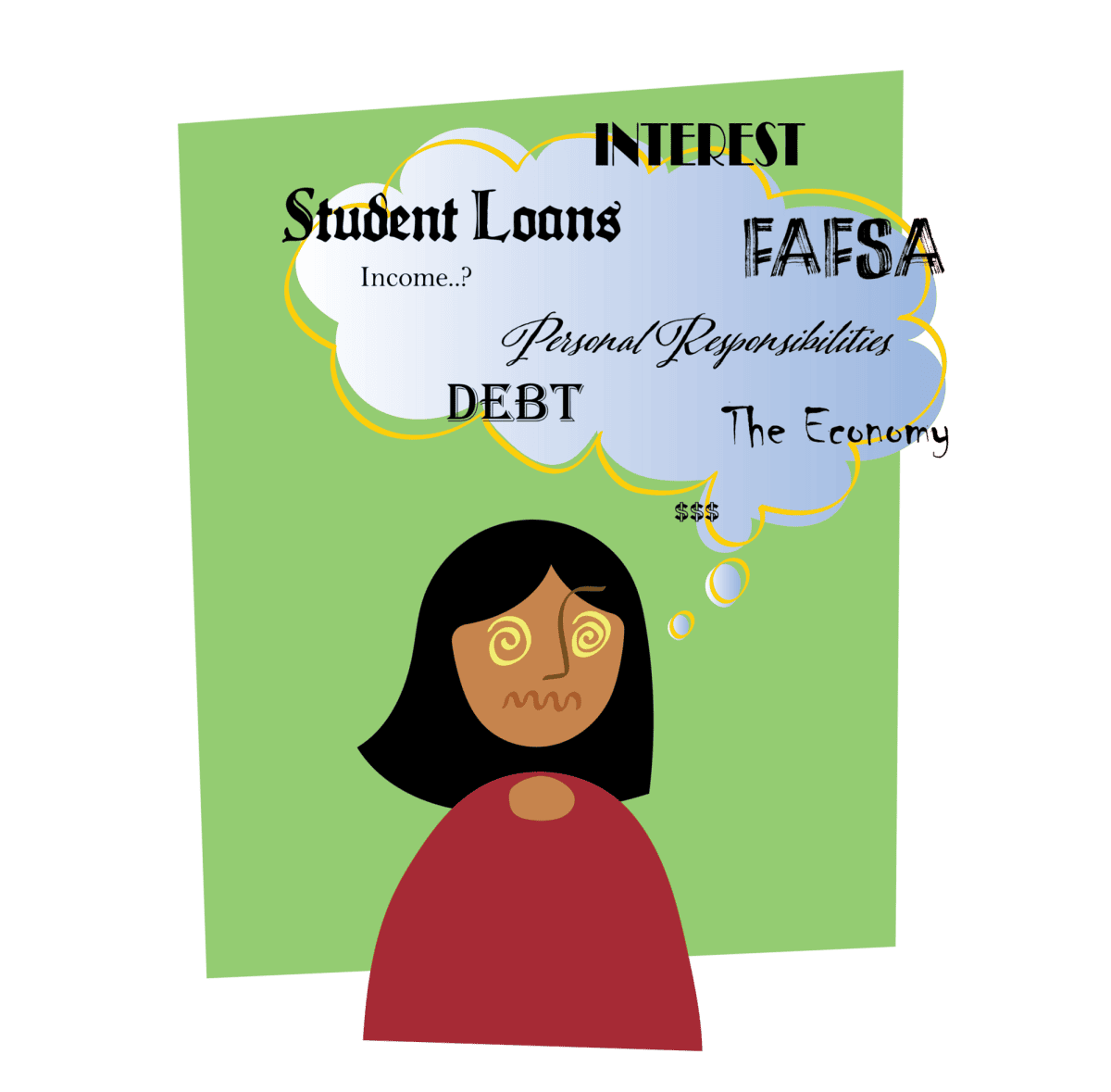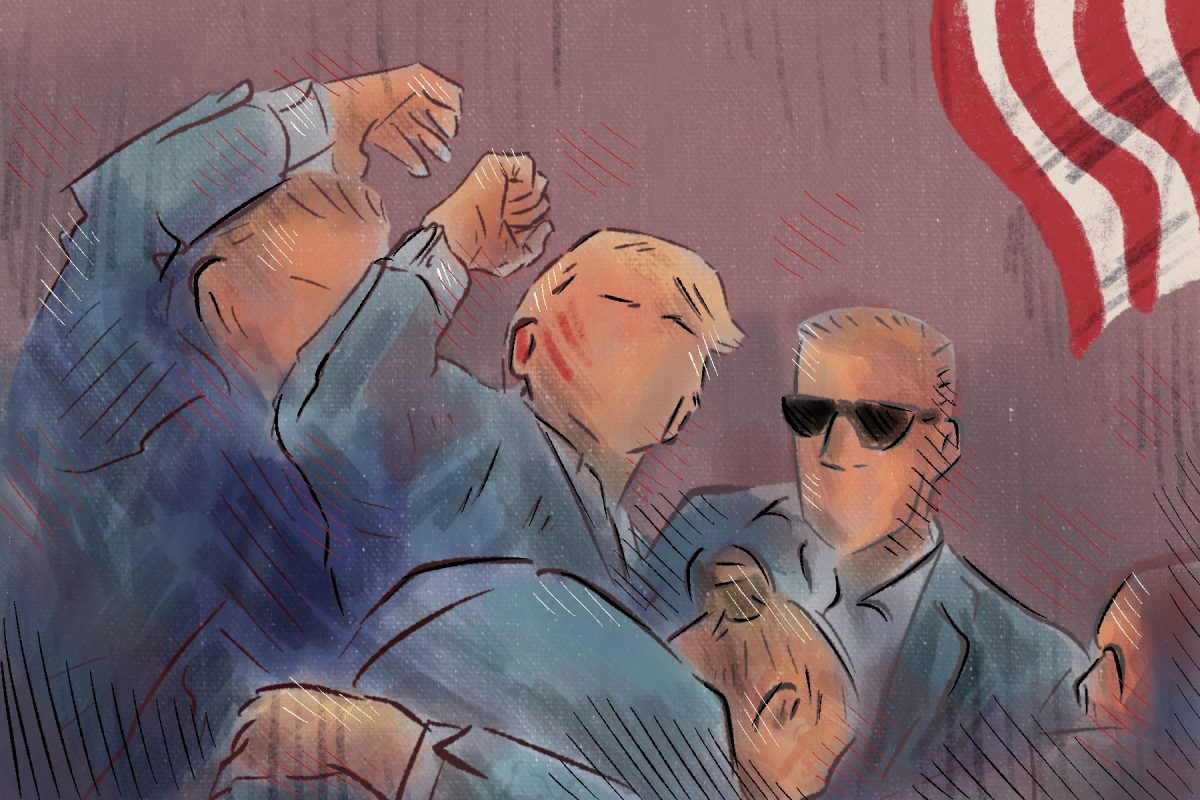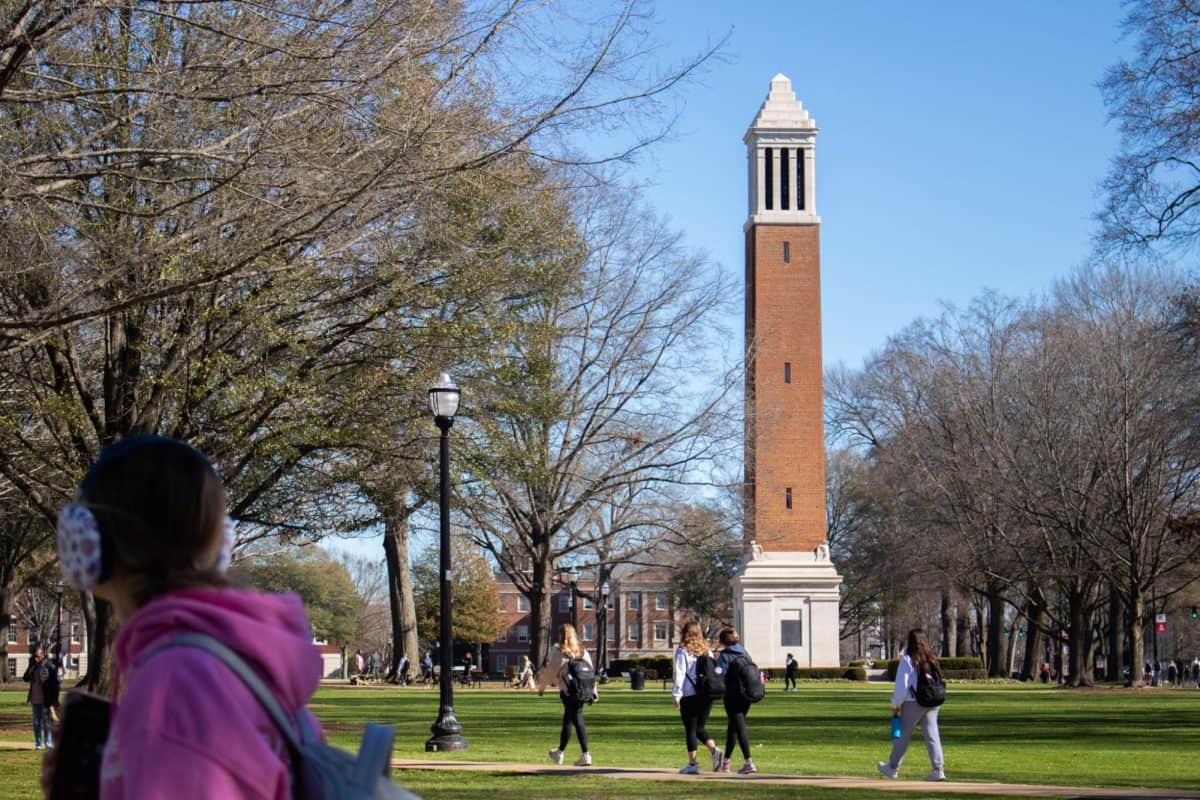President Biden recently canceled an additional $1.2 billion in student debt. This latest action brings the total amount of debt canceled during his tenure to $138 billion. However, Biden’s efforts to cancel student debt do not solve the real problem that has led to such exorbitant costs in obtaining a college degree: the government itself.
The law of supply and demand is fairly straightforward: When there is excess demand for something, its price increases. Every time the government offers financial aid to prospective college students, it increases the number of people willing and able to attend university, driving up the demand and the cost of attendance.
After all, why wouldn’t administrators raise prices if more people are trying to attend their institution and are willing to pay the higher price?
A 2015 study by the Federal Reserve Bank of New York found that tuition increases by about 60 cents for every dollar spent on subsidized student loans. These increased costs affect the whole student body, not just by those who receive the loans.
While federal aid is increasing the cost of education, fewer and fewer jobs require a university degree in the first place. Researchers at the Burning Glass Institute found that the number of jobs that require a college degree fell since 2017 from about 51% to 44%. While other sources put that number lower, if fewer and fewer jobs require a college degree, the value of owning a degree is decreasing. This is happening at the same time tuition and fees at universities have increased by about 40% (controlling for inflation) over the last 20 years. No wonder total enrollment has been decreasing across the nation.
Partially because of rising costs and decreasing value, politicians have proposed solutions to alleviate the debt burden on borrowers, such as the cancellation of student loans or even free college education.
“We support making tuition at community colleges and 4-year public universities free because we believe in the freedom of everyone to be able to receive a world-class education as they enter adulthood,” Braden Vick, a junior majoring in political science as well as the communications director of UA College Democrats, wrote in an email. “Higher education should not be blocked off from anyone simply because of their income level.”
In spirit, it is hard to oppose this policy proposal because it would, in theory, help a large number of people in our society who would otherwise be unable to attend university. However, on a practical level, if everyone could attend college on the public dollar, the costs of attending must go up to compensate. By making a college education accessible to all, the increasing costs of college will be passed onto the taxpayer, failing to resolve the issue of rising costs.
UA College Republicans Chairman Riley McArdle, a sophomore majoring in political science, wrote in an email that “it cannot be the responsibility of the American taxpayer to pay off the student debt accrued by college students … especially when colleges and universities, including UA, have become the breeding grounds for woke ideologies that they have in recent years.”
Putting aside the claim that The University of Alabama is a “breeding ground for woke ideologies,” the College Republicans are correct that student debt relief merely passes responsibility from the person who accepted loans to attend college onto the shoulders of the taxpayer at large.
Under a tuition-free education system, those who enter the job market straight after high school would pay for their peers’ college education. At that rate, why wouldn’t everyone attend college for free?
Instead of a tuition-free education system or continued debt cancellation, what has to be done to fix the increasing costs of college is to allow the supply and demand of a university education to balance in the free market.
This can only be done by removing government intervention in the market for a college education by first making massive cuts to federal student aid (if not eliminating it entirely) and beginning efforts to bring higher education institutions back under private control. While the government could act as a facilitator to help prospective students find the loans they need, their role should be minimal.
It should also be noted that there are some widely perceived positives to publicly funded education, especially for K-12. By general consensus, we as a society believe children should be able to read, write and do basic arithmetic. This helps them become productive members of society and creates a baseline level of understanding for all citizens. Additionally, K-12 education supports societal cohesion because schools, on a fundamental level, ingrain within young students an understanding of our basic societal values.
However, even in this sphere of K-12 education, issues related to government intervention could be remedied by some sort of school voucher system or a tax credit system like that proposed by Alabama Gov. Kay Ivey. But while I would like to see far greater competition in all forms of education, including K-12, the best place to start this process is in universities because, unlike most K-12 education, students choose to get a college education.
Returning to the issue of a university education, we all want people to have access to a quality education. However, if we cannot back up this desire with a necessary increase in economic productivity, then private lenders would never agree to provide loans to aid those who cannot pay back their debt. If no private lender would do it, neither should the government.
While the desire for equitable access to education is understandable, solutions like student debt cancellation or free college education would continue to shift the burden of paying for college onto the taxpayer at large and away from those choosing to attend college.
The root causes of rising education costs can be addressed only by reducing government intervention in education and moving toward a market-driven approach.







